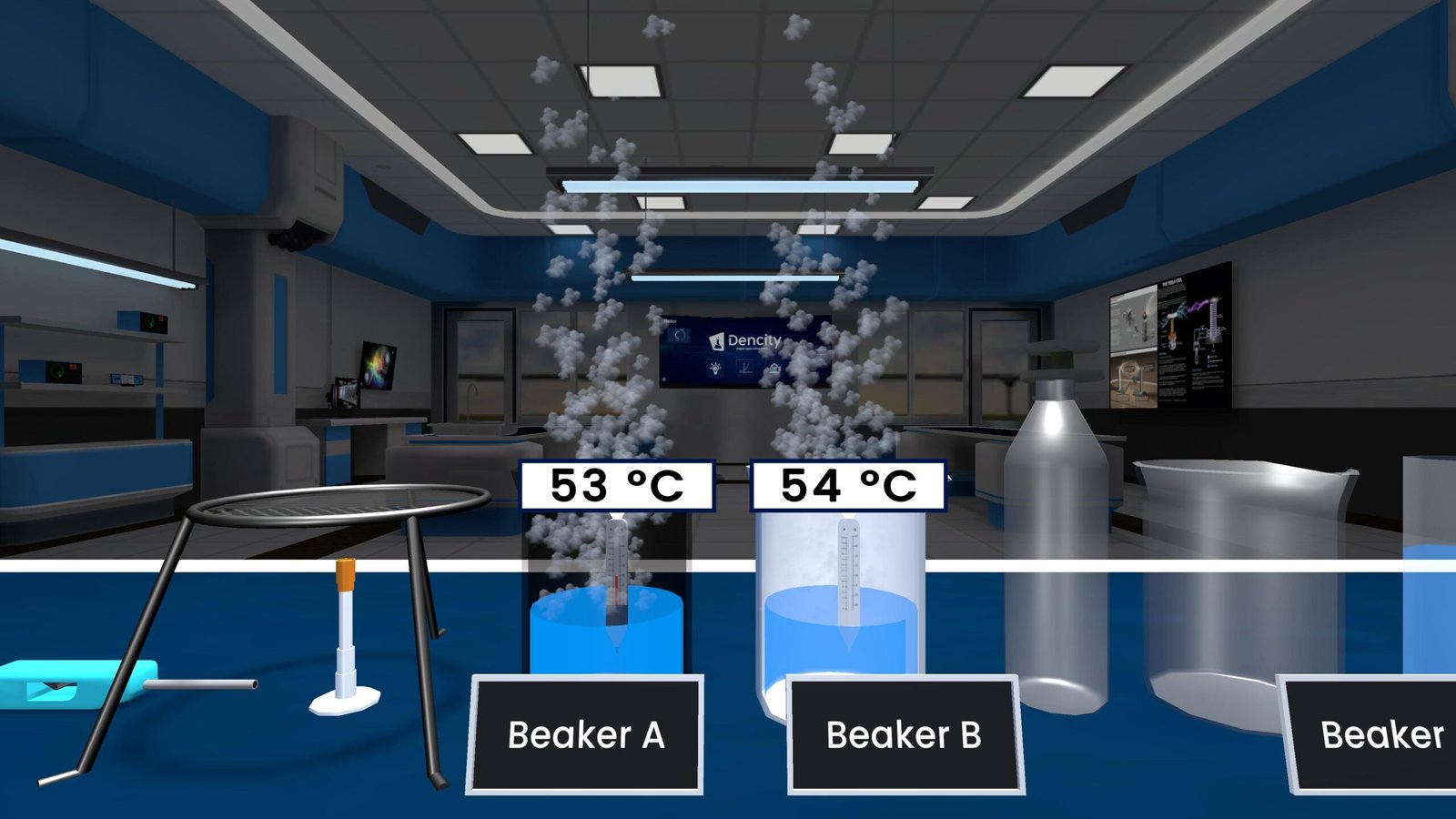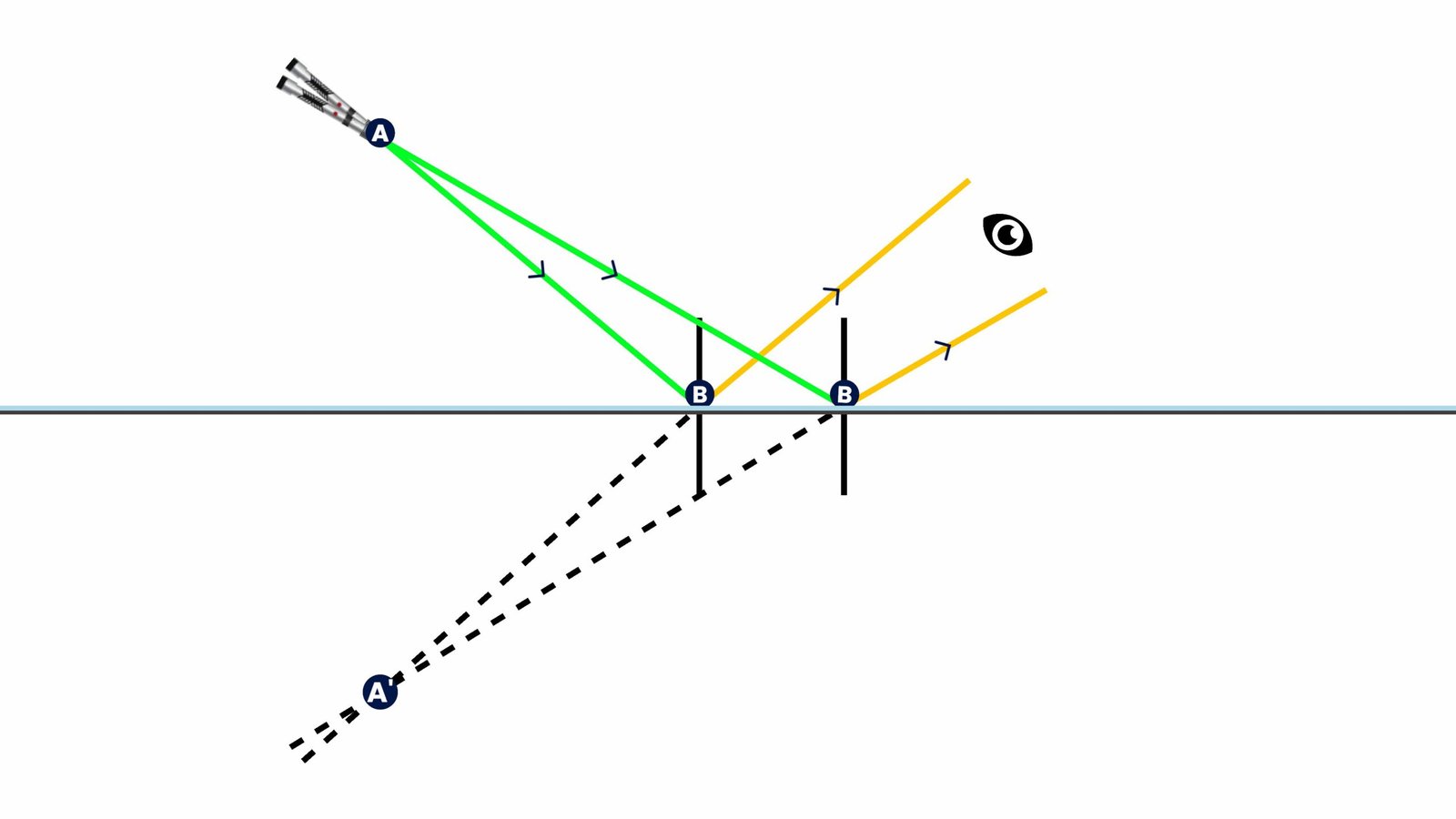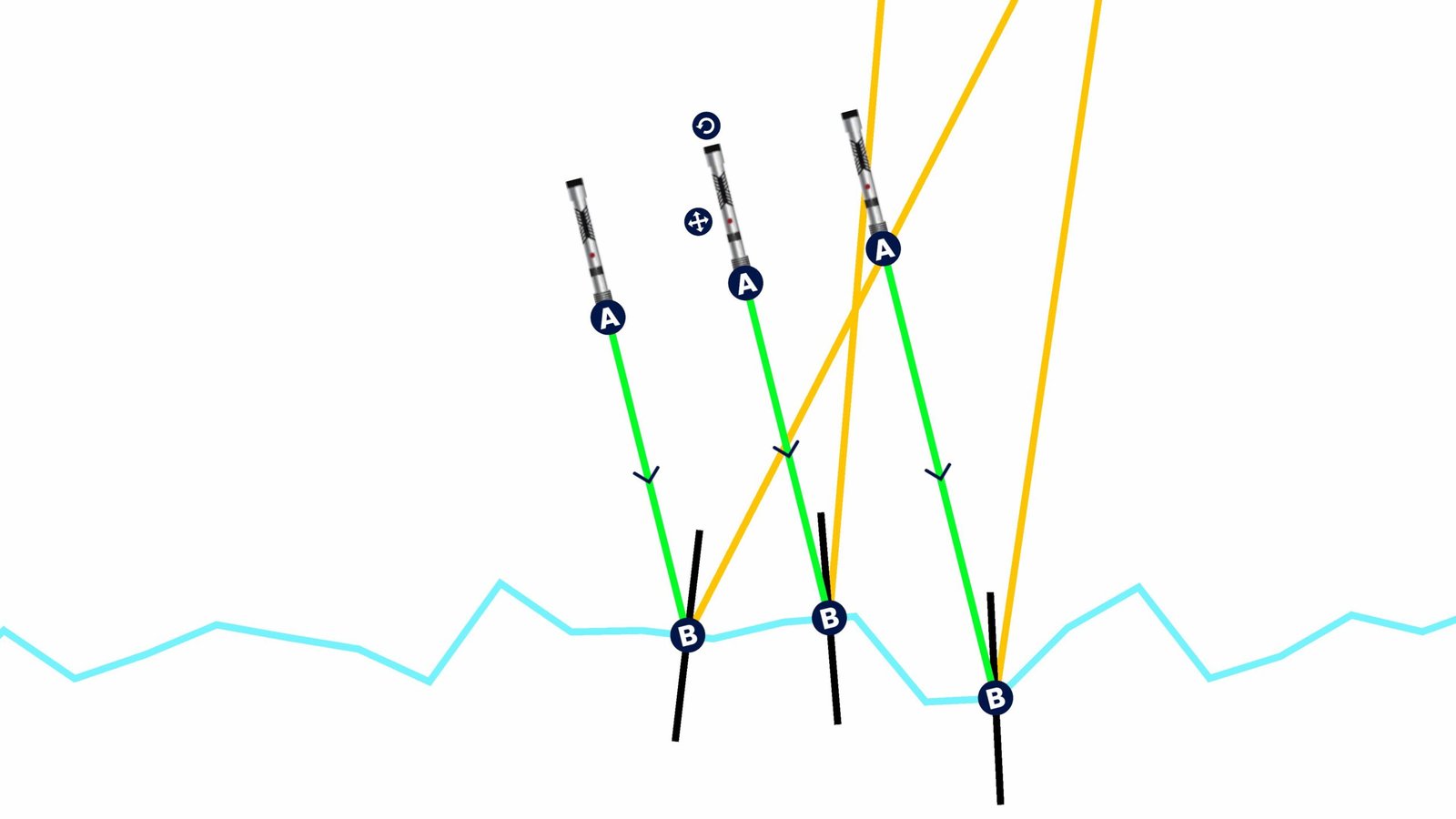Connective Blood Tissue Experiment
Connective tissue is a fundamental class 10 science topic that explains how different parts of an animal’s body are held together and supported. In this experiment, you will explore how cells, the extracellular matrix, and fibers work together to give connective tissue its unique properties.
Connective tissue is made up of three main components:
- Cells: These include fibroblasts (which make fibers), adipocytes (fat-storing cells), chondrocytes (cartilage cells), osteocytes (bone cells), and blood corpuscles. Each cell type has a special role—from storing energy to transporting nutrients.
- Matrix: This is the material between cells. Its consistency can be fluid (as in blood plasma), gel-like (as in cartilage), rigid (as in bone with calcium phosphate), or dense (as in tendons and ligaments). The matrix determines whether the tissue is flexible, stretchy, or hard.
- Fibers: There are three types—collagen fibers (for tensile strength), elastic fibers (for stretch and recoil), and reticular fibers (for forming supportive networks).
Together, these components allow connective tissues to perform vital functions such as support, protection, insulation, transport, and binding of organs and other tissues. For example:
- Blood’s fluid matrix makes it perfect for carrying oxygen and nutrients.
- Cartilage’s firm but flexible matrix cushions joints.
- Bone’s rigid matrix provides structural support for the body.
- Elastic fibers in lungs and arteries let these organs stretch and return to shape.
After understanding the structure and function of connective tissue, you can use the Dencity virtual science lab to simulate and visualize these components in action. With Dencity, you can:
- Adjust the relative amounts of cells, matrix, and fibers to see how texture and strength change.
- Measure tensile strength of collagen-rich tissues vs. elasticity of elastic fiber networks.
- Observe how increasing matrix fluidity improves transport or how rigidity boosts support, all in a safe, cost-effective, and interactive learning environment.
Why use Dencity?
- No need for real animal samples or hazardous chemicals.
- Instant, real-time calculations and explanations.
- Repeat experiments unlimited times without additional cost.
- Perfect for hybrid or remote classrooms—students can join from any device.
| Dencity for Teachers |
|---|
| • Promotes interactive teaching with virtual demonstrations.• Allows assigning individual or group control of experiments.• Provides automatic reports on student engagement and performance.• Facilitates live interactive learning and instant feedback.• Supports lesson planning with built-in drawing and annotation tools. |
Dencity works seamlessly on interactive touch panels in classrooms, enabling teachers and students to manipulate variables, draw observations, and collaborate in real time with just a touch of their finger.
Educational institutions interested in bringing the Dencity app to their labs can contact us for customized pricing or to request a demo tailored to your curriculum needs.
Frequently Asked Questions
- What is connective tissue?
Connective tissue is animal tissue where cells are spaced within a matrix and fibers, providing support, protection, and transport functions. - Which cell types are found in connective tissue?
Fibroblasts, adipocytes, chondrocytes, osteocytes, and blood corpuscles each perform specific roles like making fibers, storing fat, or maintaining bone. - How does the matrix affect tissue properties?
A fluid matrix (blood) allows transport, a firm matrix (cartilage) cushions joints, and a rigid matrix (bone) gives strength. - Why are collagen fibers important?
Collagen fibers provide tensile strength, helping tissues resist stretching and tearing. - What role do elastic fibers play?
Elastic fibers let tissues like lungs and arteries stretch and then return to their original shape. - How can I observe connective tissue properties in Dencity?
Use the virtual science lab to vary the proportions of cells, matrix, and fibers and measure changes in flexibility and strength. - Is Dencity safe for students?
Yes. All simulations are virtual—there’s no risk of handling real animal samples or chemicals. - Can experiments be repeated?
Absolutely. Dencity allows unlimited science experiments without additional cost or setup time. - What devices support Dencity?
The Dencity app runs on Android, iOS, tablets, desktops, and interactive touch panels. - How do teachers track student progress?
Dencity provides automatic reports and analytics on assignments, engagement, and experiment outcomes, making assessment easy and fast.







